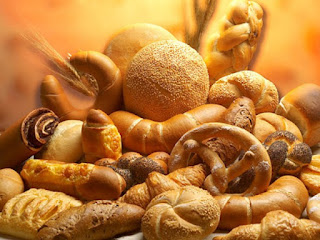日本語は英語の後に続きます
Many Japanese people eat soba noodles on
the last day of the year. These soba noodles are called “Toshikoshi-soba”. Why
are Japanese people eating soba noodles on the last day of the year? The one of
the reasons is that Japanese people wish for a slim but long and healthy life
like soba noodles. The other reason is that they wish to cut off the bad
fortune like soba noodles which break easily.
It’s private, but I eat soba noodles at the
soba restaurant on the last business day and make soba noodles at home on the
last day of the year. I’m making Toshikoshi-soba just now!
二年前から大晦日にはそばを打っている。そば粉だけを買ってきて、後は家にあるものだけで作る。包丁もまな板もいつもの家庭料理用のものである。二年前は太く短いそばになってしまった。原因は延ばした生地を折りたたむ際に打ち粉が少なかったことと包丁で折りたたんだ生地を切るときに間隔が広くなったためであった。昨年は二年前の経験を踏まえて打ち粉にも切る間隔にも気を遣ったが、そばの風味が乏しかった。色々と考えたが原因は生地をこねるのが弱かったためと考えた。四人分の生地を一度にこねて延ばしたのが家庭の狭いキッチンでは無理があったのだろう。
いよいよ今年である。今まさに年越しそばを作っている最中である。今年は二回に分けて生地をこねて延ばして丁寧に切った。さて、結果は紅白が始まる頃に判明する。


















































